Imagine you’ve just launched your WordPress site, and within days it’s compromised due to a simple oversight in security.
You’ll find that maintaining robust security isn’t just advisable, it’s crucial. You need to safeguard your site against hackers who are constantly on the prowl for weak spots.



Regularly updating your WordPress core, themes, and plugins is your first line of defence. And don’t overlook the basics: choose strong passwords and manage user permissions with care. Remember, every extra step you take towards securing your site is a barrier against potential breaches.
With a combination of best practices and diligent monitoring, you can ensure your WordPress site remains a safe haven for you and your visitors.
Key Takeaways
- Regular updates are essential for maintaining website integrity and protecting against cyber threats.
- Using outdated WordPress installations, plugins, and themes increases the risk of security breaches and compromises.
- Implementing advanced security measures such as disabling PHP execution, restricting editing of themes and plugins, and preventing malicious scripts can enhance WordPress security.
- Additional security measures include preventing common security issues, dealing with third-party code vulnerabilities, and implementing strategies for data validation, sanitization, and escaping.
WordPress’ Security Challenges
As you manage your WordPress site, it’s crucial to understand that its popularity also brings significant security challenges. With over 43% of the top 10 million websites powered by WordPress, hackers are constantly seeking vulnerabilities to exploit.



Here’s why your vigilance is key:
- High Popularity, High Risk: WordPress’ vast usage makes it a common target for cyber attacks.
- Frequent Hacker Attacks: Constant threats from hackers targeting WordPress vulnerabilities.
- Outdated Elements Vulnerable: Outdated plugins and themes are prime targets for exploitation.
- Serious Breach Consequences: Security breaches can lead to data theft and loss of trust.
-
WordPress’s Dynamic Nature: The ever-evolving WordPress platform requires ongoing attention to security.
Keeping these points in mind, you’ll be better equipped to fortify your site against the security risks that come with using the world’s most popular content management system.
Common Misconceptions about WordPress Security
You might think your small WordPress site isn’t an attractive target for hackers, but that’s not the case. Even lesser-known sites can be compromised to spread malware or to launch other attacks, making security a priority for all.



It’s essential to recognize that robust security practices are necessary regardless of your website’s size or popularity.
Why Even Small Sites are Targets
Small WordPress sites often fall into the crosshairs of cybercriminals, despite a common misconception that hackers only target large or high-profile websites.
- Entry Points: Hackers use small sites to penetrate larger networks.
- Distribution Centers: Compromised sites can spread malware.
- Easy Targets: Less security means simpler breaches.
This makes it crucial for all WordPress site owners to take security seriously!
Consequences of Using Outdated Plugins and Themes
Every outdated plugin or theme on your WordPress site increases your risk of security breaches and cyber attacks.

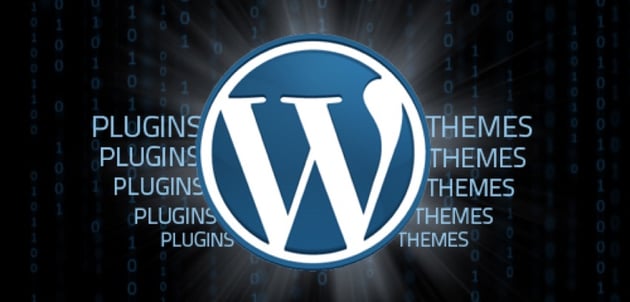

These vulnerabilities can lead to stolen user information and passwords, severely harming your business revenue and reputation. If Google detects malware or phishing, it may blacklist your site, which can cripple your online presence and search rankings.
Neglecting updates opens doors for hackers to exploit your system, distribute malware to visitors, and damage your site’s performance. Remember, the consequences of using outdated components aren’t just technical hiccups; they can translate into significant financial losses and long-term reputation damage.
Keep your WordPress installations current to safeguard your site’s integrity and your business’s future.
Essential WordPress Security Steps
You must stay vigilant with your WordPress site by consistently updating core software, themes, and plugins. It’s vital to manage who’s access to your site by assigning appropriate user roles and crafting strong passwords.
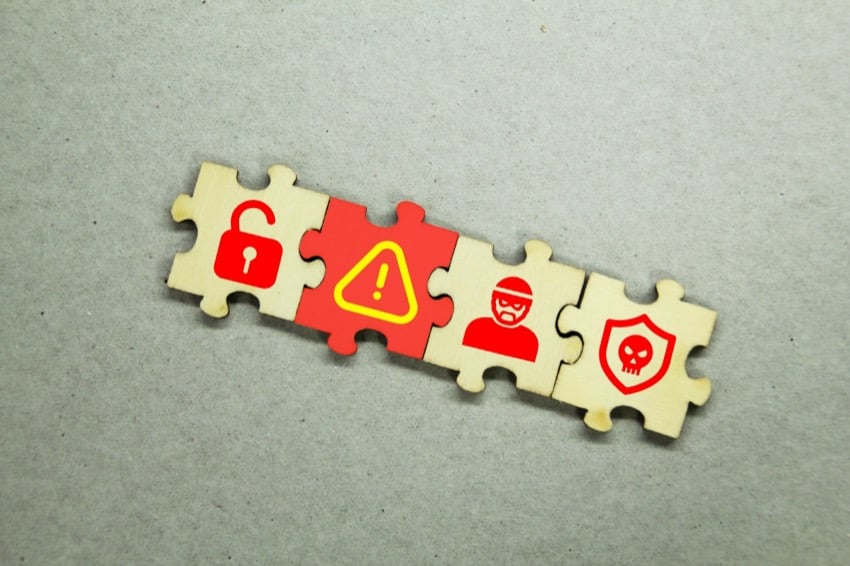
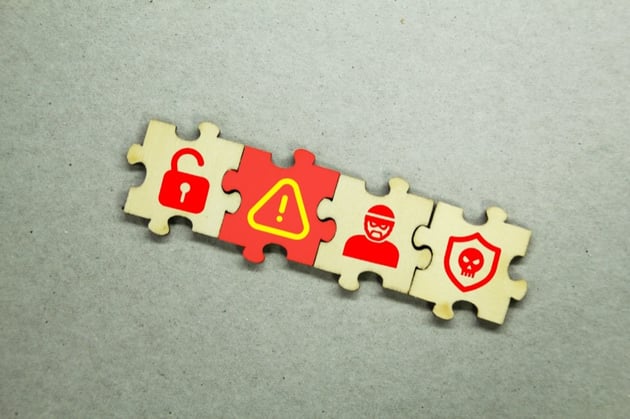

These steps aren’t just routine maintenance, they’re your first line of defense against potential security threats.
Importance of Keeping WordPress, Themes, and Plugins Updated
By regularly updating your WordPress site, themes, and plugins, you’re taking a critical step in safeguarding your online presence from security threats.
Regular updates:
- Maintain site stability
- Fix bugs
- Improve performance
- Enhance security
- Patch vulnerabilities
- Protect against attacks
- Ensure compatibility
- With new WordPress versions
- With other plugins/themes
Don’t overlook this essential practice. it’s key to a secure, smooth-running website.
Plugin Management
You’ve likely installed several plugins to enhance your WordPress site.But it’s essential to keep them in check for security’s sake.
Make sure you’re regularly updating your plugins to patch vulnerabilities. Also, remove any plugins that you’re not using to minimize potential entry points for attackers.
This proactive plugin management is a cornerstone of maintaining a secure WordPress environment.
Removing Unused Plugins and Updating the Rest
One crucial step in securing your WordPress site involves diligently removing any plugins you’re not using and ensuring the rest are promptly updated.
- Audit: Regularly check for inactive plugins.
- Update: Ensure active plugins are up-to-date.
- Trim: Remove outdated or unnecessary plugins to minimize risks.
User Role Management
As you secure your WordPress site, it’s crucial to manage user roles with precision. By minimizing user permissions, you ensure that each person has access only to what they need, reducing the risk of mishaps or malicious actions.
Securing logins with strong authentication methods is a must, as it’s often the first line of defense against unauthorized access.
Minimizing User Permissions and Securing Logins
In managing your WordPress site, it’s critical to restrict user permissions and ensure your logins are secure to prevent unauthorized access and potential security breaches.
Here are some tips for assigning roles, strengthening logins and avoiding multiple login attempts.
Assigning Roles
- Editor for content management
- Subscriber for basic interactions
Strengthen Logins
- Use strong passwords
- Implement two-factor authentication
Limit Access Attempts
- Set login attempt limits
- Monitor for unusual activity
Let’s now talk about some advanced security measures you can take to protect your site.
Advanced Security Measures
As you tighten your WordPress site’s security, it’s time to consider advanced measures that go beyond the basics.



You’ll want to disable PHP execution in non-essential folders to prevent malicious scripts from running, and ensure PHP error messages are hidden to avoid revealing sensitive information to potential attackers.
Furthermore, restrict the ability to edit themes and plugins directly from the dashboard to shield your site from inadvertent vulnerabilities or targeted attacks.
Disabling PHP Execution in Certain Folders
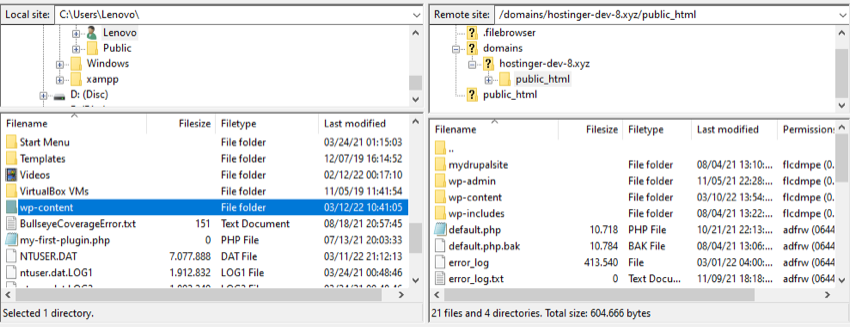

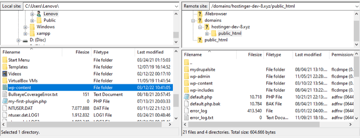
You can bolster your WordPress site’s defenses by disabling PHP file execution in directories where it’s not needed, thwarting attackers’ attempts to run malicious code. Here is where you can disable PHP file execution.
- Uploads Directory: Often targeted, rarely needs PHP.
- WP-Includes: Core files, no execution required.
- WP-Content: Limit execution to specific plugins/themes.
Disabling PHP Error Display
As you tighten your WordPress site’s security, consider disabling PHP error display as a shield against prying eyes. By hiding these errors, you’re keeping potential vulnerabilities out of attackers’ sightlines.
This move is a strategic layer in your defense, making it tougher for hackers to spot and exploit weaknesses.
Hiding potential vulnerabilities from attackers
To bolster your WordPress site’s defenses, it’s crucial to turn off PHP error reporting, as this prevents attackers from gleaning information on potential weaknesses.
Implement Advanced Security Measures:
- Disable PHP error display
- Edit php.ini or use .htaccess
- Limit access to sensitive files
- Configure proper file permissions
- Employ regular security audits
Restricting Theme and Plugin Editing
Now it’s time to step up your game by disabling theme and plugin editing.
This move can significantly reduce the risk of malicious code being injected into your site. By locking down these editing capabilities, you’re adding an extra layer of armor against potential attacks.
Disabling editing capabilities to reduce risks
While you focus on fortifying your WordPress site, it’s essential to disable theme and plugin editing to mitigate the risk of unauthorized code alterations. Here’s how:
- Disable File Editing
-
Add define
(’DISALLOW_FILE_EDIT’, true); to wp-config.php - Ensures no direct editing in the dashboard
- Prevents easy access for hackers
Common WordPress Security Issues and Solutions
You’ll often encounter third-party code vulnerabilities in themes and plugins, which can open your WordPress site to various attacks.
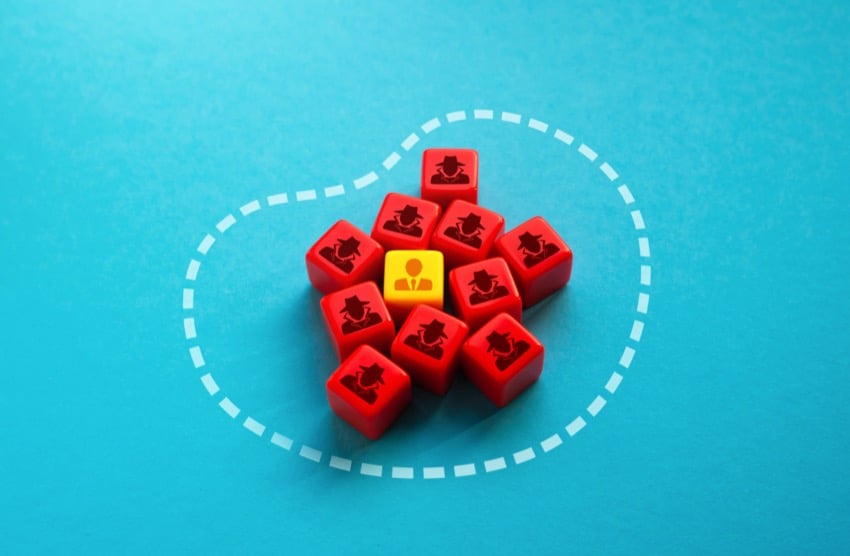


It’s essential to use strategies that thoroughly validate and sanitize data input to prevent common issues like cross-site scripting or SQL injections. Escaping output is also critical, ensuring malicious scripts aren’t executed in users’ browsers.
Dealing with Third-Party Code Vulnerabilities
Many WordPress security issues stem from vulnerabilities in third-party plugins and themes, so it’s essential you keep all aspects of your site updated. Here’s how you can tackle these vulnerabilities:
Regular Updates
- Update WordPress core, plugins, and themes as soon as new versions are available.
- Set up automatic updates where possible to ensure you don’t miss any security patches.
Choose Reputable Sources
- Only download plugins and themes from reputable sources, such as the official WordPress repository.
- Check user reviews and update history to gauge reliability.
Security Enhancements
- Use a web-application firewall (WAF) like Sucuri to block malicious traffic.
- Implement two-factor authentication and limit login attempts to strengthen your defenses.
Stay vigilant and proactive—it’s your best defense against threats.
Strategies for Data Validation, Sanitization, and Escaping
To effectively safeguard your WordPress site from common security threats, it’s crucial to implement robust strategies for data validation, sanitization, and escaping. Begin by employing security plugins that execute these measures, ensuring that all user input is verified and safe before it interacts with your site.
Choose themes and plugins from reputable sources, recognizing that rigorous review and testing are your allies in maintaining a secure environment.
Regularly review and prune unused accounts, restrict access where necessary, and consider two-factor authentication to bolster your defenses. Don’t overlook the power of a web application firewall (WAF) to block harmful traffic.
Lastly, enabling HTTPS encryption provides an additional layer of protection, guarding the integrity of your data as it travels across the internet.
You’ll want to ramp up your site’s defenses with tools that monitor for threats, manage backups, and integrate robust security plugins.
Reliable hosting plays a pivotal role in WordPress security, ensuring your site is fortified against attacks at the server level.
Let’s explore how these services work together to keep your WordPress site secure.
Mentioning Tools for Monitoring, Backups, and Security Plugins
In your quest for WordPress security, website-monitoring tools, automated backup solutions, and robust security plugins are indispensable assets. Here’s a snapshot of what you should consider:
Monitoring Tools
Backup Solutions
- UpdraftPlus: Automates site and database backups.
- VaultPress: Part of Jetpack, with real-time backup and security scanning.
- SolidBackups: Schedules full, incremental, or database backups.
Security Plugins
- Wordfence: Includes an endpoint firewall and malware scanner.
- SolidSecurity: Provides over 30 ways to protect your site.
- Sucuri: A comprehensive security suite with a website firewall.
Ensure you’re using these tools to maintain a secure WordPress environment.
Discussing the Role of Reliable Hosting in WordPress Security
Beyond utilizing monitoring tools and security plugins, choosing a reliable hosting service is critical for fortifying your WordPress site’s defenses.
A trustworthy host actively monitors network activity and ensures that server software and hardware are consistently updated, reducing the risk of security breaches. Opt for managed WordPress hosting for even more robust protection, as these services typically offer advanced security configurations tailored to WordPress.
Incorporate tools like Sucuri for a web-application firewall that adds an extra layer of security. Don’t forget to implement SSL/HTTPS protocols, which are often facilitated by your hosting provider.
Together, these strategies create a strong security framework that safeguards your site against the ever-evolving threats in the digital landscape.
Educating Users and Clients About Security Best Practices
Let’s talk about how you can teach your clients and users about the security best practices that will safeguard their WordPress sites.



Start by stressing the need for strong, unique passwords and the risks associated with weak credentials. Educate clients on user roles and why limiting access to the WordPress admin account is crucial.
Highlight the importance of selecting a secure hosting service, and explain how managed WordPress hosting can offer advanced security features.
Instruct them on the benefits of security plugins and web application firewalls.
Make it clear that their role in maintaining security is ongoing, and that they’re key to protecting their site from threats.
Building this security-oriented mindset is essential for the longevity and success of their online presence.
Secure Your Website Today!
Securing your WordPress site is not just a recommendation, but a necessity in today’s digital landscape. With its popularity, WordPress sites are frequent targets for hackers, making vigilance and proactive security measures essential.
Regularly updating your WordPress core, themes, and plugins, coupled with strong password practices and careful management of user permissions, forms your primary defense line against potential breaches.
By embracing a combination of best practices, diligent monitoring, and utilizing advanced security strategies, you can ensure that your WordPress site remains secure, protecting both your content and your visitors.
Looking for WordPress plugins and themes? Envato Elements has tons of high-quality WordPress tools that you can download right now.